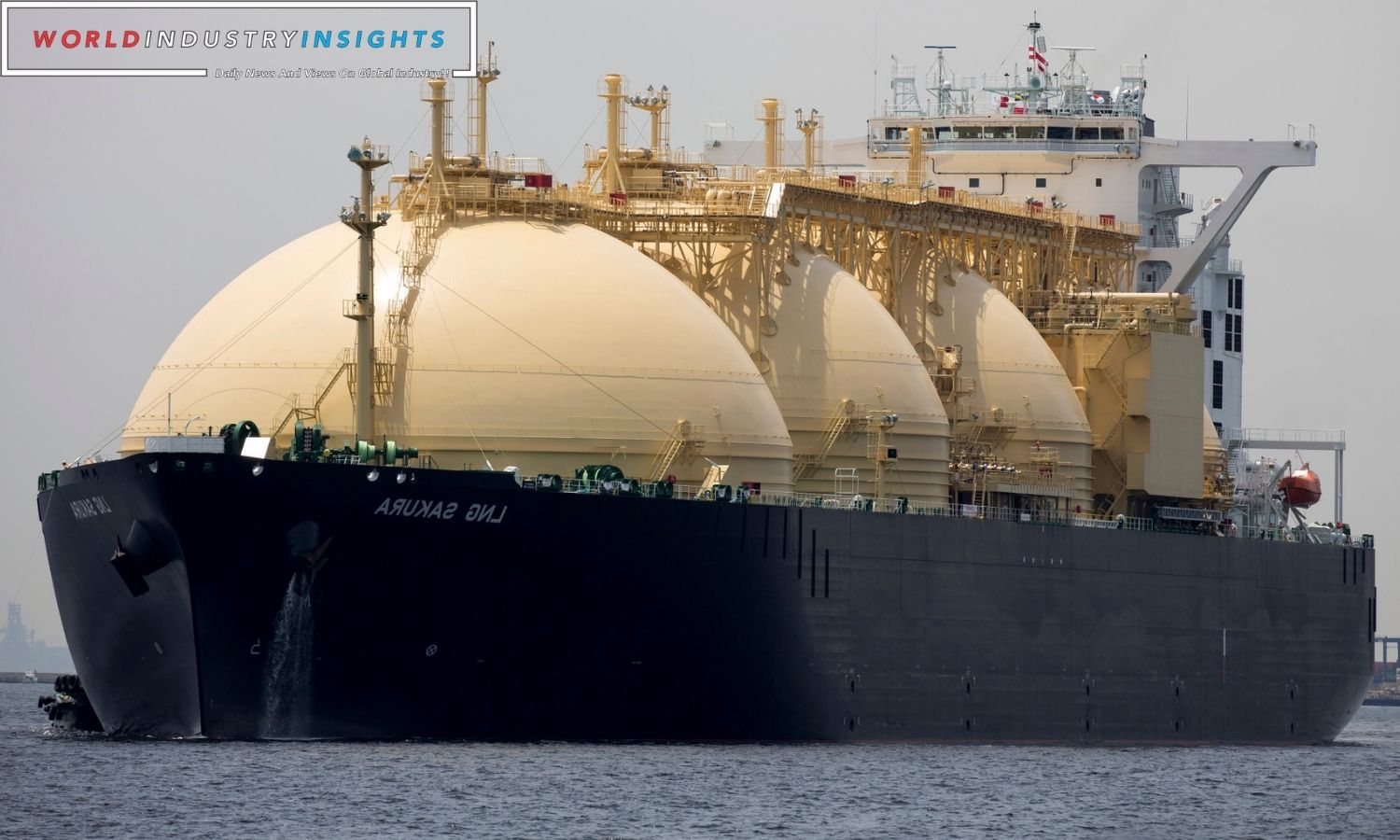Chinese LNG Buyers: Chinese LNG buyers are growing their trading desks in London and Singapore, two major financial centers. They hope to better manage their increasing and diverse supplier portfolios in a volatile overseas market with this approach.
China competes with world-leading energy corporations like Shell, BP, Equinor, and TotalEnergies due to its strong trade growth. Before understanding this, you must know that the International Energy Agency estimated the LNG market value doubled last year, reaching $450 billion.
About twelve Chinese enterprises are expanding, according to market rumblings. ENN Natural Gas and CNOOC want to expand in London. According to sources, China Gas Holdings wants to establish a large operation in Singapore.
Chinese LNG partners have increased their long-term commitments with key Qatari and US suppliers by 50% since 2022. This has increased their global involvement. Their annual purchases now exceed 40 million metric tons. Going after Oman, Canada, and Mozambique might boost sales even further.
Toby Copson, Trident LNG’s Shanghai global trading head, said, “Chinese companies are on the cusp of a transformative journey,” becoming powerful domestic and worldwide competitors.
PetroChina, Sinopec, Sinochem Group, and CNOOC are capitalizing on market volatility with their large investment portfolios.
China and Japan are remain the world’s largest LNG buyers. It’s unclear how much surplus Chinese companies may trade, adding to the problem.
PetroChina International (PCI), which showcases PetroChina’s commercial skills and has a global network, handled 30 million tons of LNG last year. PetroChina owns PCI. Zhang Yaoyu, PCI’s LNG trading manager and CEO, said trading is crucial to the company’s strategy. Securing a consistent supply remains our top goal. Zhang said our trading talents help us handle market changes smartly.
Read More: Global Oil Shortages Drive Prices Higher Amidst Geopolitical Dynamics
Chinese corporations are anticipated to import 100 million tons of LNG annually by 2026. An excess of 8 million tons or a deficiency of 56 million tons is predicted by Poten & Partners, a planning firm.
China’s better internal production and Central Asian and Russian gas imports will cushion it no matter what. This allows Chinese gas businesses to trade cargoes, notably with US cargoes, based on market arbitrages. This was impossible before.
Poten & Partners expert Jason Feer believes China will soon become a cyclical seller targeting Southeast Asia, South Korea, Japan, and possibly Europe.
By 2030, Rystad Energy expects one-fourth of China’s LNG plans will be with the U.S. Most of these agreements are free-to-use and have no restrictions. Qatar is likely to be China’s leading supplier in 2026. Qatar is selling LNG contracts with standard terms and geographical restrictions.
Russia’s participation in Ukraine shocked the globe last year, causing a major shift. European LNG supplies have increased by two-thirds, placing Russian piped gas further behind. This helped enterprises with surplus supply make money, and Asian powerhouses capitalized on soaring LNG prices.
Europe didn’t want long-term deals due to decarbonization aspirations. This further altered the market. Because of this, Asian gas traders have started exporting LNG to European coasts, especially in warmer months.
PCI signed a 20-year contract with Rotterdam’s Gate regasification facility despite these revisions. A Chinese corporation has never done this in Europe.
Because the market is fluid, even smaller Chinese gas distributors are trading. The liberalization of the domestic gas market has also accelerated the process.
China Gas Holdings is expanding in Singapore despite an agreement to acquire 3.7 million tons of US LNG annually. Their company is the latest in a growing list. Other firms include ENN, Beijing Gas, Zhejiang Energy, and JOVO Energy.
Chinese enterprises have grown more aggressively than Japanese ones. A Singaporean recruiter said PCI and Unipec are the finest paymasters and offer packages comparable to global giants. Because they compete for trade desks.
Our Reader’s Queries
Who does China buy LNG from?
Australia dominates the liquefied natural gas (LNG) market in China, supplying over one third of the total import volume. In 2021 alone, Chinese buyers purchased a whopping 28.57 million metric tons of LNG from Australian producers. This impressive figure cements Australia’s position as the top supplier of LNG to China.
Who is the biggest buyer of LNG?
China has once again claimed the title of the world’s leading importer of liquefied natural gas (LNG). In the coming years, China’s imports are expected to rise by nearly 20%, reaching 84 million tons by 2025 and a staggering 136 million tons by 2030, as per Rystad Energy’s projections.
Who are the top 5 LNG importers?
China leads the world in production capacity with 96.3 million metric tons per year, followed by the United States with 53.5 million metric tons per year and India with 47.5 million metric tons per year. Spain also has a significant production capacity of 44.1 million metric tons per year.
Who is buying LNG?
TotalEnergies SE, ENI SpA, and Shell have secured contracts to purchase 8 million tons of LNG annually until the 2050s. Additionally, ConocoPhillips has signed a separate agreement to supply Germany with 2 million tons of LNG per year from Qatar. This is a significant sales victory for Qatar.


